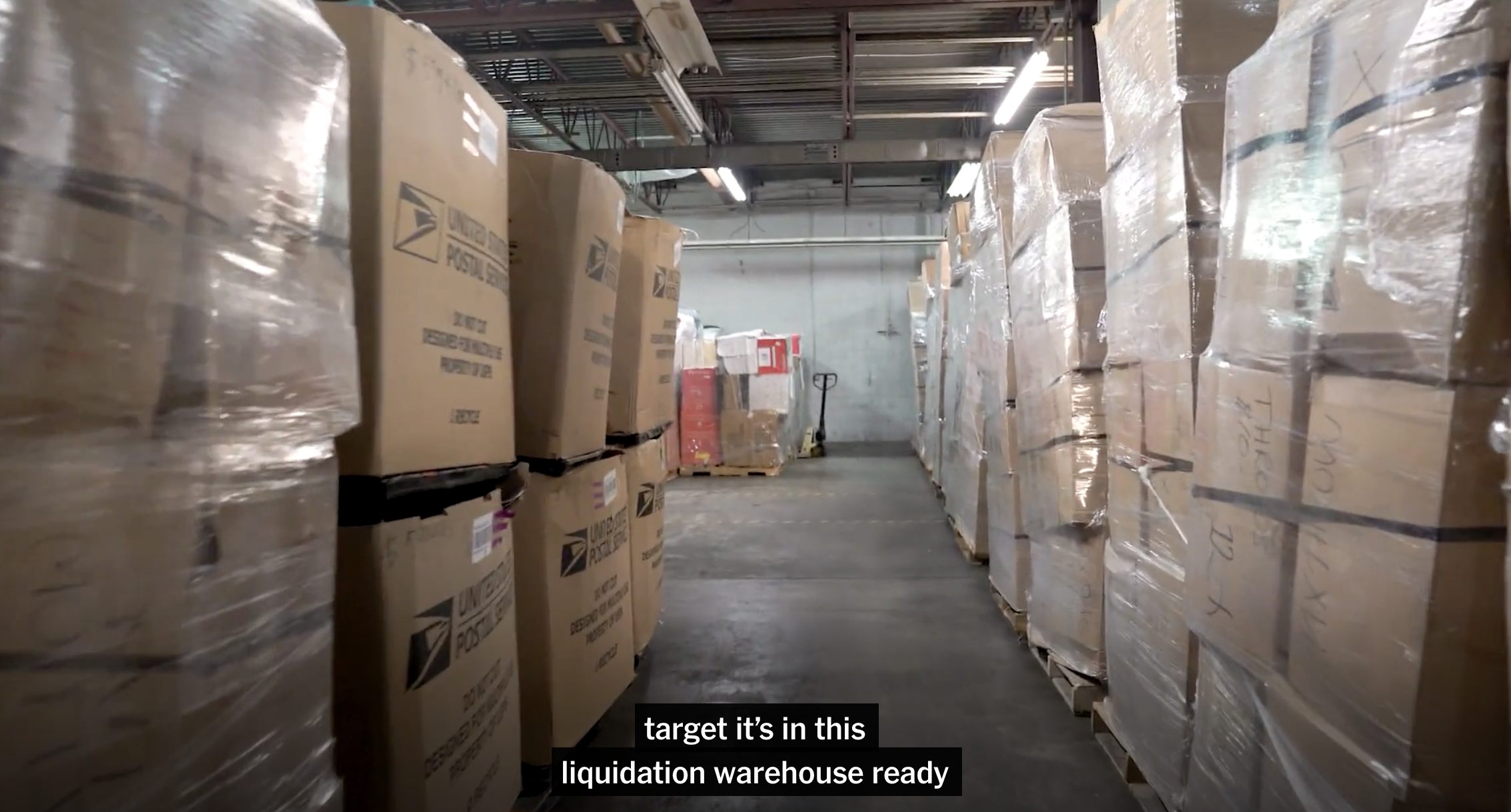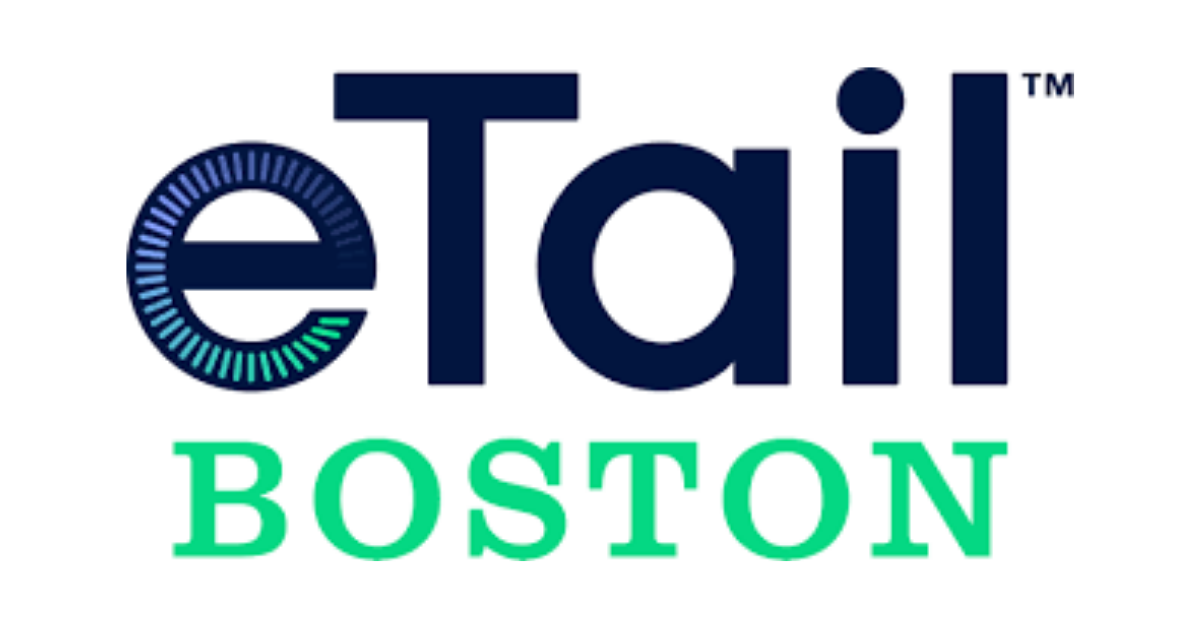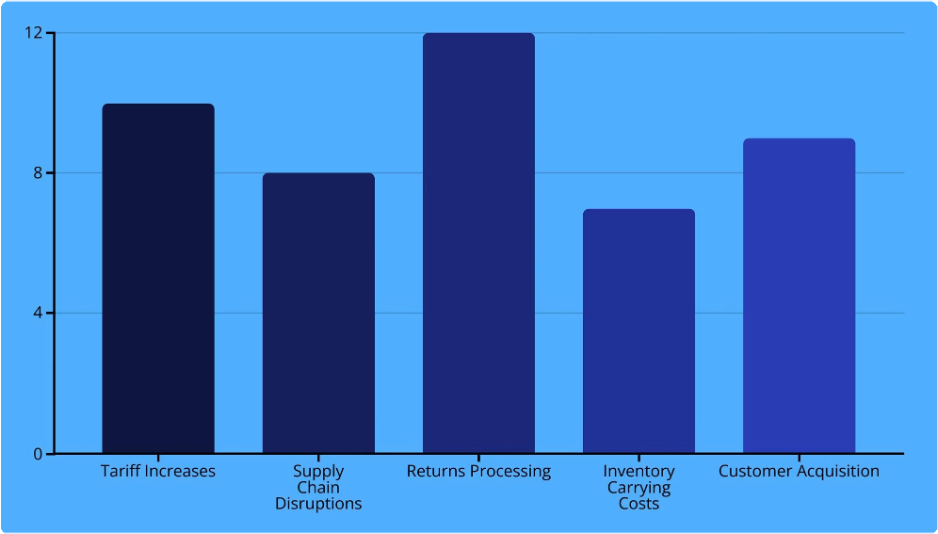Returns cost retailers over $890 billion in lost revenue annually, add significant additional processing costs, and harm customer brand loyalty. With return rates hovering around 16.9% industry-wide—and even higher for online channels—the impact on profitability is substantial. What's changing the game? Artificial intelligence systems specifically designed to prevent returns before they happen.
The AI Returns Prevention Advantage
Unlike traditional returns management, which focuses on processing returns more efficiently, AI-powered returns prevention systems address root causes before customer disappointment occurs, both increasing profit and customer satisfaction. Here's how leading retailers are deploying AI to dramatically reduce returns:
1. Real-Time Root Cause Analysis
The core strength of AI-driven returns prevention lies in the ability to identify precise root causes of returns as they happen. These platforms ingest data from across retail ecosystems—e-commerce platforms, warehouse management systems, customer service interactions, product ratings, and customer reviews—then use sophisticated AI to detect patterns human analysts would miss. Unlike reactive reporting that tells you what happened last quarter, AI returns prevention tools can deliver actionable insights within hours across key return drivers, such as:
-
-
- Size & fit anomalies that lead to customer dissatisfaction
- Pick & pack errors causing wrong item fulfillment
- Product description inaccuracies creating expectation gaps
- Manufacturing inconsistencies resulting in quality issues
- Design specification flaws that affect product functionality
-
2. Precision Recommendations for Immediate Action
When AI returns prevention systems detect an anomaly, they don't simply flag the issue—they can prescribe specific, detailed recommendations for resolution. For example:
-
-
- When identifying sizing inconsistencies in a new product line, AI systems can automatically recommend updating product descriptions with specific language about fit, while alerting inventory teams to adjust allocation strategies.
- For quality issues traced to specific manufacturing batches, affected SKUs can be pinpointed with specific recommendations for improved quality control interventions with the supplier.
- If product descriptions cause expectation mismatches, the systems can provide specific language corrections and additional information requirements to prevent future returns.
-
3. Predictive Analytics for Early Warning Signals
Advanced AI systems can now analyze purchase and return data alongside product attributes to predict which items are likely to generate high return rates—often before they even hit the marketplace. These systems identify patterns invisible to human analysts, allowing merchandising teams to make inventory adjustments or product modifications before returns begin to surge.

For example, one major footwear brand reduced returns by 25% after Returnalyze flagged a sizing anomaly in a new collection just two weeks after launch, allowing immediate product description updates.
4. Cross-Functional Orchestration
Purpose-built AI return prevention systems can directly route recommendations to the exact stakeholders who can implement changes. The platform ensures that merchandising, e-commerce, operations, and supply chain teams can collaborate seamlessly with a shared view of return patterns and resolution progress.
5. Supply Chain Intelligence
AI systems excel at identifying quality control issues across the supply chain by correlating return reason codes with specific factories, distribution centers, or transportation routes. Leading retailers are using this intelligence to pinpoint the exact source of problems—whether it's a manufacturing inconsistency in a specific factory or damage occurring during a particular shipping route.
The Bottom-Line Impact
For a billion-dollar fashion retailer, reducing return rates by just 15% through AI-powered prevention can unlock tens of millions in annual savings, while simultaneously improving customer satisfaction and sustainability metrics.
In an industry where margins are continuously pressured, AI-powered returns prevention represents one of the most significant opportunities to protect revenue, enhance profitability, and deliver a superior customer experience.
The most forward-thinking retail executives recognize that returns prevention isn't just about cost reduction—it's about fundamentally improving the customer experience while capturing significant profit opportunities that competitors leave on the table.
Returnalyze helps leading retailers prevent returns before they happen through our AI-powered returns prevention platform. To reduce returns and improve profitability today, please email sales@returnalyze.com or contact us.
Frequently Asked Questions (FAQs)
1) Why are returns such a major challenge for fashion retailers?
Returns are particularly costly in the fashion industry, with return rates often reaching 20–40% due to sizing inconsistencies, style differences, and rapidly changing consumer preferences. These returns don’t just hurt revenue; they create ripple effects across logistics, inventory planning, and customer experience. For fashion executives, the ability to reduce returns is directly tied to profitability and brand loyalty.
2) How does AI help fashion retailers prevent returns?
AI analyzes massive volumes of returns, transactions, and customer data to identify root causes. This includes detecting sizing discrepancies, highlighting product content gaps, and spotting quality issues earlier. Fashion retailers can then use these insights to improve product descriptions, adjust merchandising, optimize fulfillment, and ultimately prevent avoidable returns before they occur.
3) What measurable results can fashion brands achieve with AI-driven returns prevention?
Retailers that implement AI-driven returns prevention typically achieve 15–20% reductions in returns, often within the first 90 days. For large fashion retailers, this translates into millions of dollars in recovered revenue and reduced operating costs. By preventing returns, fashion brands protect their margins, reduce waste, and deliver a better shopping experience for customers.
4) How does preventing returns improve customer experience in fashion retail?
In the fashion industry, customer loyalty is built on trust and satisfaction. Returns prevention ensures that customers get the right fit, style, and quality the first time. By reducing sizing issues, minimizing product misrepresentation, and ensuring fulfillment accuracy, retailers not only lower return rates but also increase repeat purchases and brand advocacy.
5) Why should fashion executives view AI-driven returns prevention as a strategic priority?
For fashion executives, AI-driven returns prevention is not just about cutting costs; it’s about gaining a competitive advantage. As returns costs escalate and consumer expectations rise, prevention becomes a lever for sustainable profitability, better customer journeys, and stronger resilience against margin pressures in a highly competitive market.



